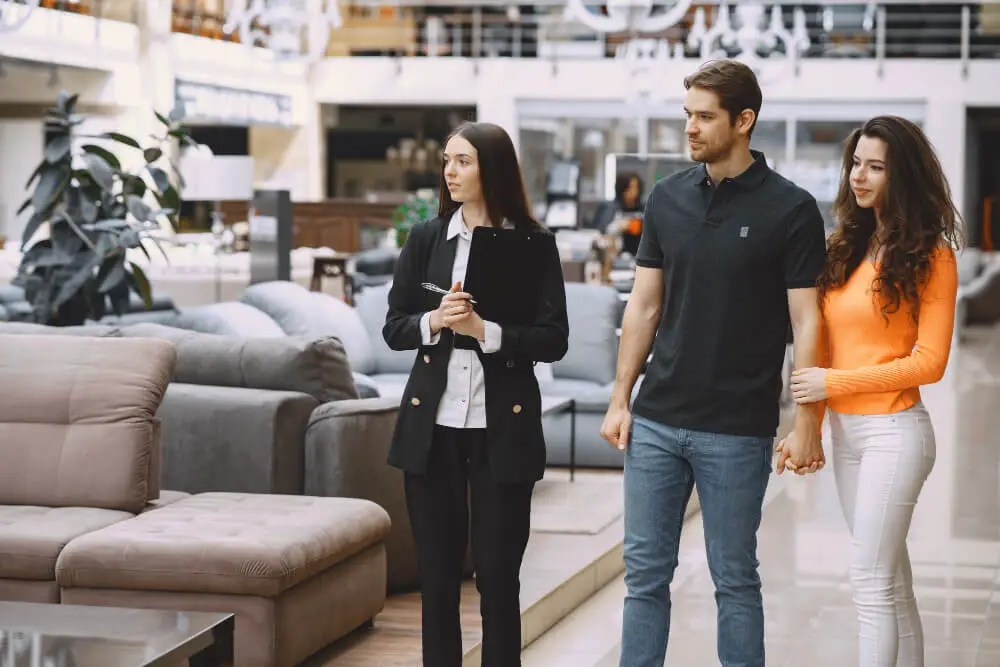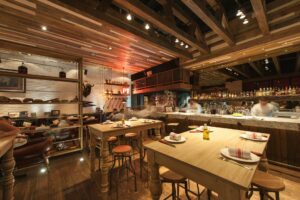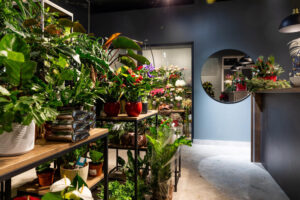A showroom tells a story the moment someone steps inside. The layout shapes how customers move, what they see first, and how long they stay. Every step should guide them deeper into the experience, encouraging curiosity and connection.
Good design doesn’t happen by accident. It requires intention, flow, and an understanding of how people interact with space. From lighting to placement, each element contributes to how the room speaks. The right layout can turn casual interest into real engagement.
Define Your Goals Before Planning the Layout
Before shifting furniture or sketching floor plans, you need clarity. What message should your showroom deliver? What emotions should it evoke? These answers will shape every design choice. Without clear goals, even the most attractive space can fall flat.
Think through what products deserve the spotlight and how customers should interact with them. Are you showcasing new arrivals, seasonal collections, or premium items? Each choice affects how traffic moves and how attention flows. Define priorities before diving into design.
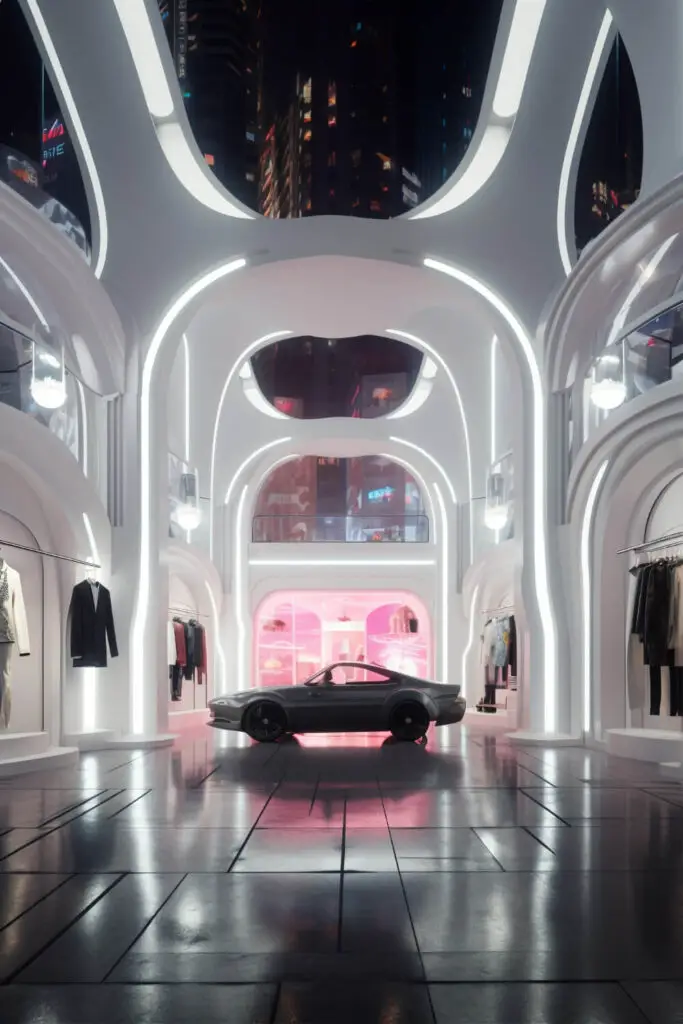
Clear goals also help create a comfortable and functional space for your visitors. You’re not only placing objects. You’re guiding a journey. With strong intent, you avoid clutter, confusion, or wasted square footage. The best showroom layouts support both the business and the customer with equal care.
Map the Flow: Guide Movement with Purpose
A successful showroom doesn’t leave movement to chance. It gently guides visitors through a sequence that highlights products and encourages exploration. Think of it as choreographing footsteps. Your layout should invite people in, lead them forward, and draw their attention where it matters.
Start by placing key displays at natural stopping points. Use wide, clear paths to prevent congestion. Avoid dead ends. Instead, create circular or looping routes that keep the experience fluid. Strategic flow can increase time spent inside, and time often leads to action.
Professional planners know how to design layouts that do this seamlessly. That’s why some brands choose services that help them design and build showroom spaces with function in mind. When the flow is done right, customers don’t even notice they’re being guided—they’re too busy looking, trying, and imagining how those items might fit into their lives.
Use Zones to Create Visual Hierarchy and Function
Zoning brings order to a showroom. Instead of scattering products across one open floor, you break the space into smaller areas with clear purposes. This helps people understand what they’re seeing and where they should go next.
Start with a focal zone near the entrance. Highlight new arrivals or popular picks to draw attention right away. Then build out sections for specific themes, categories, or activities. You can use lighting, furniture, or flooring changes to separate these spaces subtly.
Each zone should guide, not overwhelm. It’s easier to engage with items when they’re grouped in meaningful ways. People move at their own pace, taking in each section without feeling rushed or confused. Zoning creates rhythm. It helps customers connect with what they see and makes the entire layout feel clear, purposeful, and comfortable to explore.
Prioritize Product Accessibility and Interaction
People connect with products they can touch, try, or explore up close. That connection starts with placement. Items should be within easy reach and visible from multiple angles. Don’t crowd the space. Leave enough room for movement, especially near popular displays.
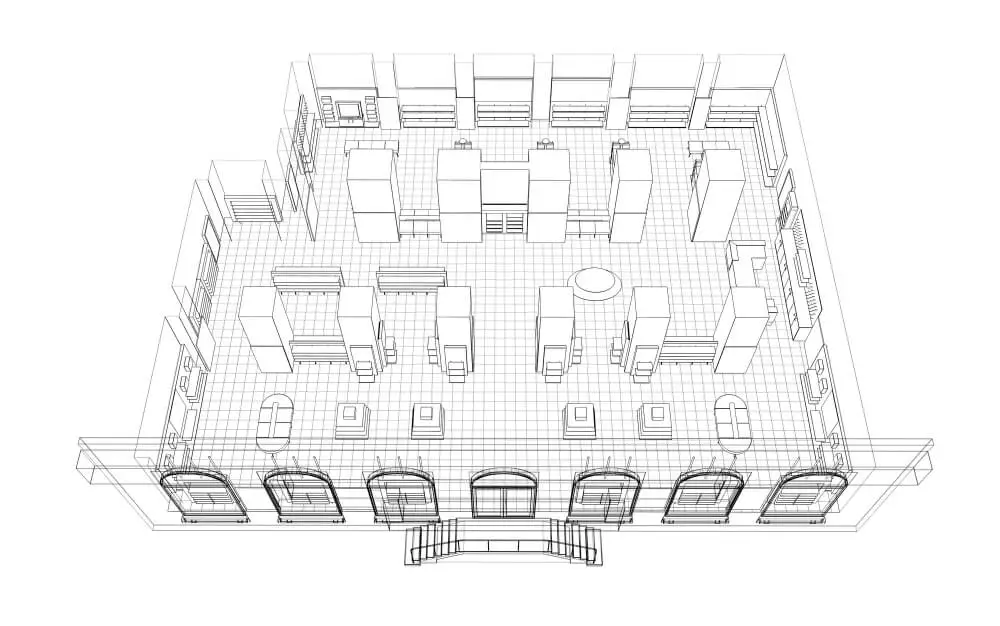
Keep the most important products at eye level. Use shelves, platforms, or tables to bring them forward. If something is hard to see or access, it will likely be ignored. Make the store layout work for the customer, not the other way around.
Interaction matters too. Let visitors open drawers, sit on chairs, or test out features where possible. Small details like mirrors, samples, or signage can help deepen that experience. When people feel invited to engage, they’re more likely to stay longer and remember what they saw. A showroom should feel like an open conversation between the space and the person walking through it.
Leverage Lighting and Visual Anchors Strategically
Lighting shapes how people experience a space. It draws attention, creates mood, and makes products easier to explore. Done right, it turns ordinary items into standouts.
Start with soft lighting that makes the room feel open and inviting. Use direct light to highlight specific displays. Accent lights can separate zones and guide the eye across the showroom. Avoid glare or uneven brightness, as both can distract from the products themselves.
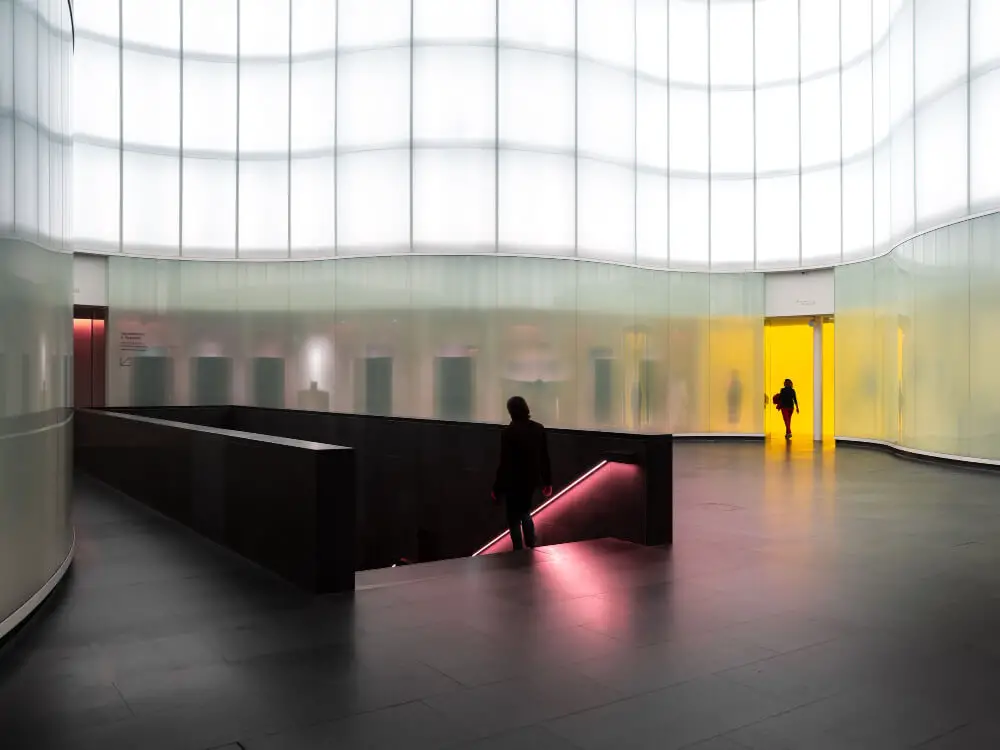
Add visual anchors to keep customers engaged. This could be a striking chair, a textured backdrop, or a piece of artwork. These features pull people forward and help create flow. Combined with thoughtful lighting, they turn a simple showroom into a space filled with natural rhythm and interest. The goal is to lead people through the layout with comfort and curiosity, one section at a time.
Adapt the Layout for Flexibility and Seasonal Changes
A static layout gets old fast. Customers return when the space is fresh, and that’s easier to achieve with a flexible design. Movable displays, lightweight furniture, and modular shelving make it simple to shift things around when needed.
Rotate key products every few weeks. Change the focus of your hero zone with each season or promotion. Small updates can give the space new energy without needing a full redesign. This keeps the experience interesting for repeat visitors.
Flexibility also helps you respond to sales data. If a certain display isn’t drawing attention, rearrange it. If traffic slows in one area, try a new layout. A space that can evolve is more likely to stay relevant and useful. It shows attention to detail and a willingness to improve—qualities that customers notice.
Wrapping Up
Designing a showroom is more than arranging furniture or setting up displays. It’s a creative process that invites people to feel something as they move through the space. When the layout responds to real behavior and changing needs, it becomes a powerful tool for connection.
This is how spaces earn trust and spark action. They don’t impress with complexity—they resonate through clarity, comfort, and intent. A layout built with this mindset doesn’t fade from memory. It stays with people long after they’ve walked out the door.

